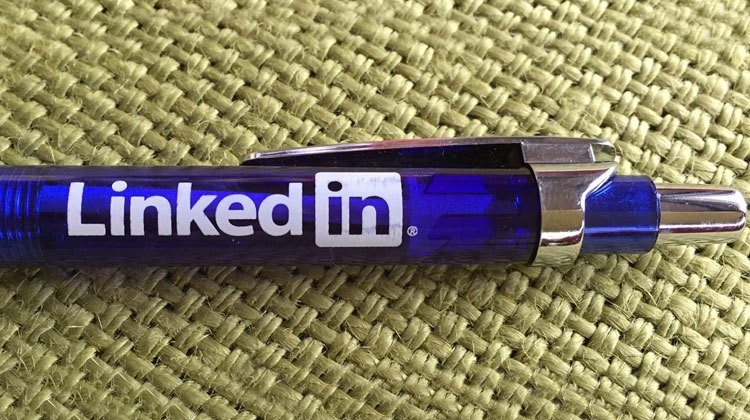How to Use Your LinkedIn Profile to Market Your Company [TEMPLATES]
by Aden Andrus • March 22, 2016
LinkedIn is more than an online resume. Yes, people who want to hire you will check your LinkedIn profile, but if someone is trying to decide whether or not to hire your company, you can bet they will be checking LinkedIn as well.
As a result, your LinkedIn profile is like a mini-landing page for you and your company. If it’s set up right, your profile views will convert into sales. If it’s set up wrong, you might end up losing sales.
Like a landing page, the key to a successful LinkedIn profile is understanding your audience and your value proposition.
Your audience is easy, they are usually people who want to hire you or your company. If you know who wants to hire you, you can build your profile to appeal to them.
Your value proposition, on the other hand, is a little more complex.
On your LinkedIn profile, you are trying to sell yourself. You want people to think, “This person is a winner. If I work with them, I’ll be a winner, too!”
To do that, you need to market yourself—flaunt what you’ve got!
How do you do that? To put it simply, you need to flaunt whatever you’ve got.
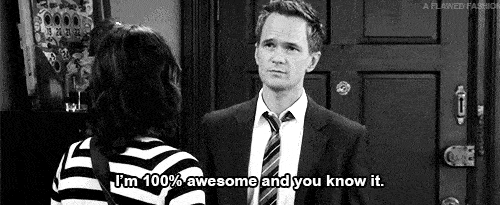
Now, if you’ve got a laundry list of accomplishments a mile long, you probably don’t have much to worry about.
On the other hand, if—like most of us—you’re not a household name in your industry, you’ll want to make a list of your biggest wins and figure out how to use those to your advantage.
For example, say you’ve only got a year of experience in your field, but you’ve had a couple of big wins. In this case, focus on your wins. Your story should be, “Hey, I may be new at this, but I’m a rising star!”
On the flip side, if you’ve got a lot of experience but don’t have a lot of wins to share (NDAs…job constraints…laziness…I’m not judging), your story should be, “Look how much experience I’ve got!”
That being said, specifics sell and if you’ve done your job, you should have achieved something you can talk about.
Whatever that is…use it!
So, if you were the highest closing sales rep for even one week, say, “Highest-closing sales rep.” If customers loved your customer service, say, “Customer favorite.” If you helped 3 clients improve performance by 52%, say, “Helped multiple clients achieve over 50% growth.”
All that being said, you have to be careful not to overdo it. You don’t want to come off as vain or obsessed with your accomplishments.
Instead, you want to present your achievements as if they are a commonplace part of who you are—notable, but mere glimpses into how great you really are.
In other words, you need to be casually awesome.
And, if you can convince people that you are awesome, you’ll be well on your way to convincing them that your company is awesome.
After all, an awesome guy or gal like yourself wouldn’t work for a lame company, right?

Since casual awesomeness doesn’t come naturally to most of us, let’s walk through each part of your LinkedIn profile and look at how to make your profile sell you and your company.
Title
Generally speaking, your title should reflect your, well, current title.
However, if you are a consultant, business owner, salesperson or in any other position where you want to advertise yourself and/or your business, your title is a great place to call out what your business is all about.
Your title is what people see when you show up in a LinkedIn search. Basically, you can think of it as LinkedIn’s version of a Google search result.
You’ve only got a few characters to capture someone’s interest, so your title should explain what you do in a compelling way.
Since this is LinkedIn and not Google AdWords, you should describe what you do without sounding pitchy.
For example, if you work in digital marketing, you might use something like:
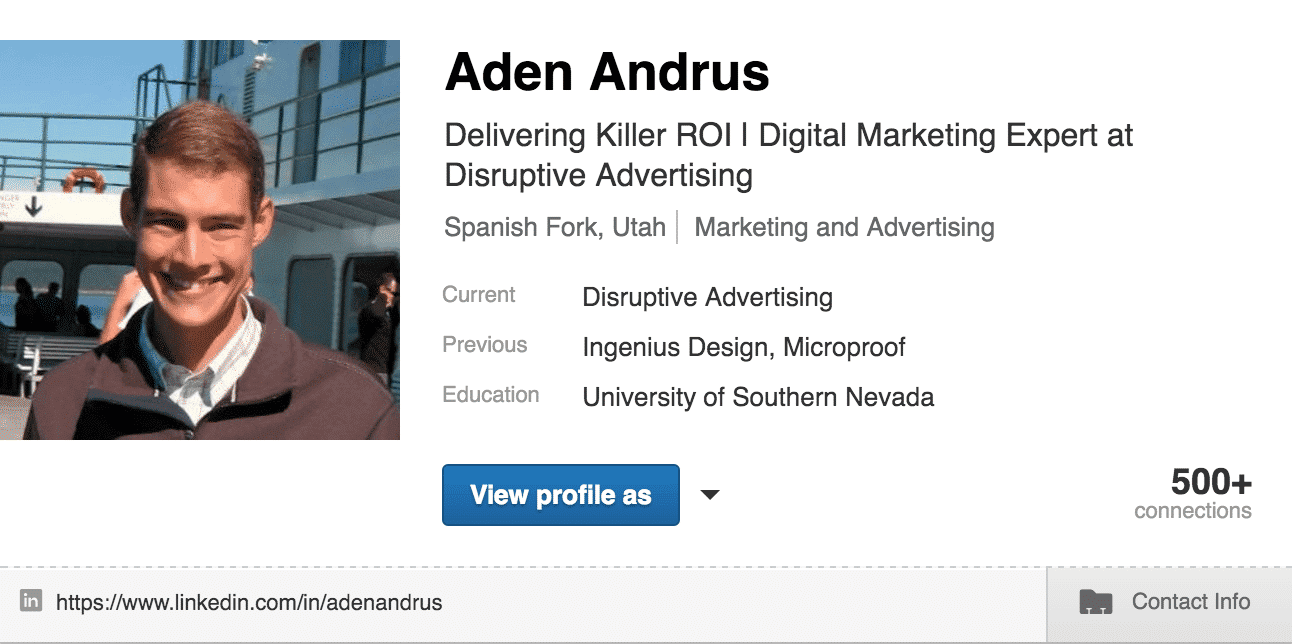
or
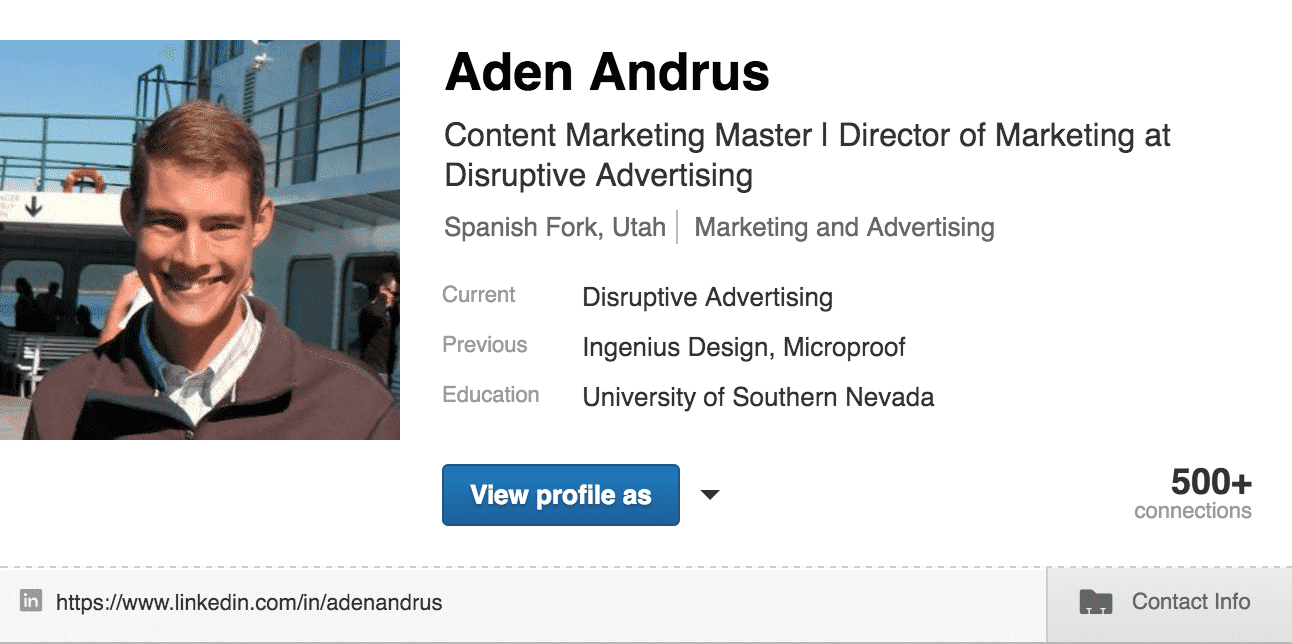
Most job titles don’t provide a lot of insight into what you specifically do, so this is a great way to get more out of your title.
Photo
A lot has been written elsewhere about what sort of photo you should have, so I’m not going to spend a ton of time here.
To put it simply, your LinkedIn photo needs to be high quality, inoffensive and something that someone could use to readily identify you.
That way, if someone sees you at a meeting or a conference and wants to connect, they’ll know they’ve found the right you.
Additionally, your clothes should be something you wouldn’t feel embarrassed about wearing to a job interview. Essentially, your LinkedIn profile is like a mini-job screening interview, so dress accordingly.
Summary
This is your “why” as a professional—why you do what you do and why people should pay you to do it.
Here, it’s particularly important to keep things simple and easy to read. Your whole profile should be brief and to the point, but it’s called a “Summary” for a reason—people should be able to get a feel for who you are in 5-10 seconds.
Content
Here’s a good way to approach your summary:
- Start with an opening sentence/brief paragraph that briefly describes what you love to do in your current field.
- The next paragraph should describe why you love it—ideally this should draw (in broad terms) on what you’ve accomplished as a professional in your current field. This can be 1-3 sentences.
- In the next paragraph, describe your experience in your current field. This can be 1-3 sentences or a brief bulleted list.
- Finally, close with some sort of call-to-action. Remember, your LinkedIn profile is a personal landing page that sells you! Use it that way!
Of course, there are many other ways to craft a great LinkedIn summary, but these suggestions should get you on the right track!
Template
Here is a basic template you can use for your Summary:
I love [helping businesses reach their dreams, exceeding expectations, making the “impossible” possible, etc].
Over the course of my career, I’ve [produced millions in added revenue for clients, helped companies double their revenue, tripled clients’ profits while cutting their costs in half, etc]. I get a thrill every time I [make a client’s dreams a reality, see potential turn into profit, help a company achieve their goals, etc].
[I love to meet other professionals, so let’s connect!], [If you’d like me to take a look at your digital marketing campaigns and offer some insights, shoot me an InMail!], [I’m also a prolific writer, check out my work at {insert link(s)}!], [To see some of my work, check out {insert link(s)}!].
Putting it all together, you might get something that looks like this:
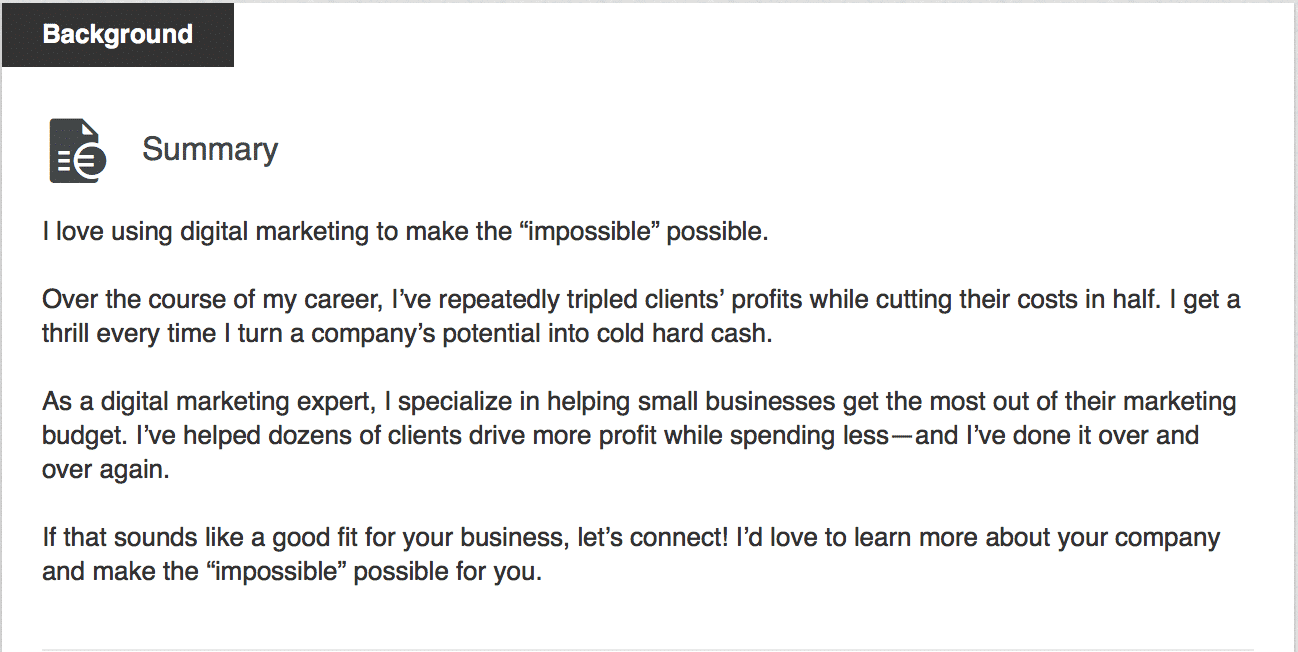
Note, your Summary section has a character limit of 2,000 characters. However, your Summary should be nowhere near that long—remember, it’s a summary, not an autobiography!
When you type in your Summary text on the “Edit Profile” page, LinkedIn will shorten it to leave room for the “Add Media” tabs, but don’t worry, your Summary will show up in all its glory to everyone but you.
Experience
This section is where you really get to shine. If they’ve made it this far into your profile, they want to feel like you live up to what you said in your Summary.
What to Include
Don’t look at the Experience section as a way to document your job history. You should be doing that (and in detail), but not on LinkedIn.
Once again, your LinkedIn profile is like a mini-job application/interview.
Just as you should customize your resume for a job application, you should customize your LinkedIn profile to support your current job and company.
Most of the time, what you did in high school isn’t going to be relevant to your current job, so it doesn’t need to be in your Experience section (unless this is one of your first jobs and you have no other experience).
Similarly, if you switched careers a few years ago (happens more and more these days), see if there is anything you can emphasize in your old career that would support your new career.
If you can’t show how your old job experience contributed to your ability to perform at your current job, you probably should leave it out of your profile (again, unless you have less than 1 year’s experience in your new profession).
Content
Here’s a good way to set up your Experience section:
- Start with a sentence or brief paragraph about your job. If this is your current job and you are trying to get people to contact you about your services or product, you can write 1-2 short paragraphs here.
- List your accomplishments in this job. These should be short, sweet and focused on results. Remember, specifics sell!
Ideally, you should use action verbs like “created,” “produced,” “generated,” “led” or other similar terms to describe what you’ve accomplished (however, be wise in your word choice—overused buzzwords like these can actually hurt your credibility).
Action verbs give the sense that you are a mover and a shaker—exactly the sort of person people want working for them!
For example, “Created and implemented marketing strategy that doubled client revenue in 2 months” sounds a lot better than “I manage client accounts” or “I get results.”
Part of being casually awesome is showing what happens when people work with you. People should read your profile and think, “Look at what they did! I want that for me!”
Note, if you’ve been promoted at your current company, it may be a good idea to list each position as a separate work experience. This makes your profile look bigger and shows how your career has progressed.
Template
Here’s a template for effectively describing your work experience:
[Account Manager]
[Disruptive Advertising]
[June 2012 – September 2015]
[Designed and executed, Created, Crafted, Developed, etc] highly effective [digital marketing strategies for over 2 dozen clients, breakthrough marketing and sales approach that doubled revenue, etc].
Key [wins, successes, etc]:
– [Tripled site traffic within 3 months]
– [Repeatedly increased profitability for clients by over 30%]
– [Co-designed new product that produced over $1 million in additional revenue]
– [Developed and maintained key strategic partnerships, leading to over 50 new sales]
– [etc]
All together, you might get a job Experience that looks something like this:
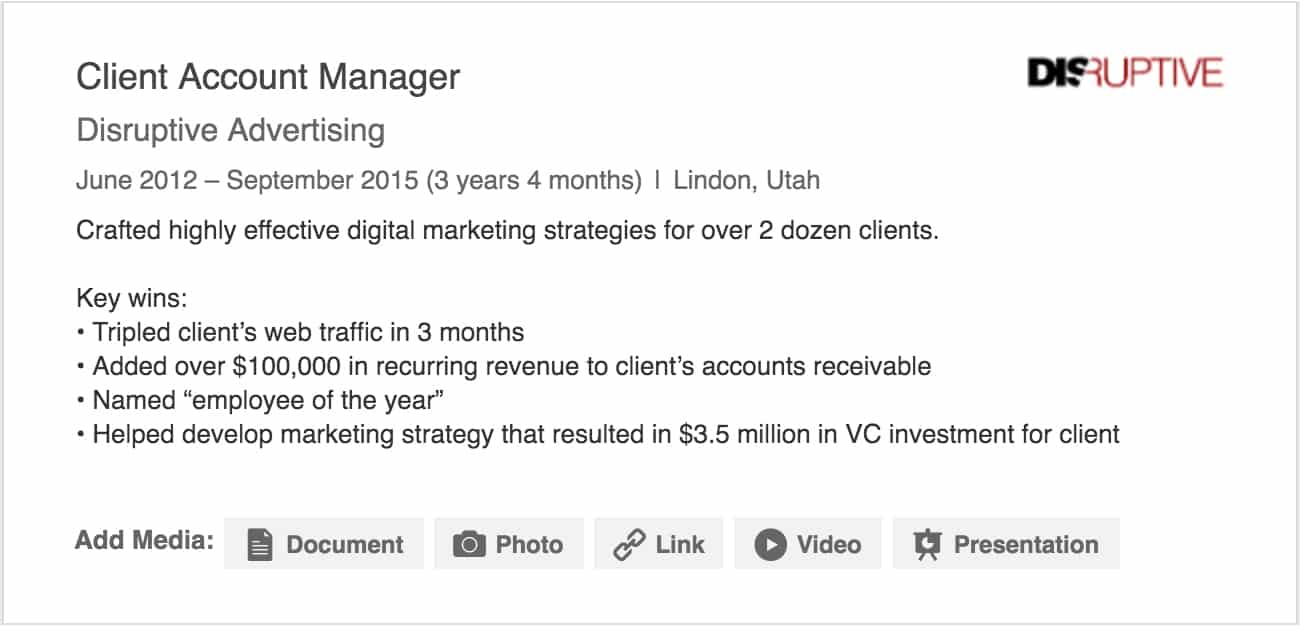
And that’s it! Doesn’t that sound like the someone you’d want to hire?
As a side note, if you’re looking for ways to better format a bulleted list on LinkedIn, check out this blog post.
Skills & Endorsements
This section is basically the “social proof” section of your profile. In other words, it’s where people will go to make sure you really have the skills you say you do.
Setting up your skills section is fairly easy. Put skills that are the most relevant to your current position in your “Top Skills” category.
Hopefully, your “Top Skills” are also the skills with the most endorsements, but it’s more important to have relevant skills here than irrelevant skills with a lot of endorsements.
For example, if you worked at Chick-Fil-A during college and had some pretty mad French frying skills, you might have a ton of endorsements for “Fast Food.”
However, if you are currently working as a Digital Marketing Specialist, “Fast Food” endorsements won’t make you more credible.
In fact, they’ll make you less credible.
Why? Well, by putting the wrong sorts of skills in your Skills & Endorsements section, you create cognitive dissonance.
Cognitive dissonance creates questions—the sort of questions you may not want people to ask.
In the preceding example, your awesome “Fast Food” endorsements may make people wonder, “Why is ‘Fast Food’ one of your Top Skills? Are you actually good at digital marketing or are you just a burger flipper in disguise?”

Now, if you have 10 years of experience in digital marketing, that may not have a huge effect on how you are perceived.
But, if you are relatively new to digital marketing, your “Fast Food” endorsements will only draw attention to your inexperience.
So, make sure your Top Skills are suited to your current job.
In addition to increasing viewer confidence in your professional abilities, those skills will be more likely to get endorsed in the future, since people tend to endorse Top Skills over skills in your “also knows about…” section.
Make sense?
Other Sections
The rest of the sections are fairly simple to fill out. Just put in the requested information and you’re probably good to go.
More is obviously better here, especially if you can include links to articles, podcasts or other publications that show you in action.
Volunteer experience should be approached much like your job experience. Keep it simple, easy to read and focused on specific results.
Overall, though, these sections should be fairly easy to complete.
Conclusion
An effectively-written LinkedIn profile can make a world of difference for you and your company.
It inspires confidence and helps viewers see exactly who you are and why you are worth their time, attention and possibly money.
Once you’ve set up a great profile, check out this blog post for ways to get even more marketing value out of your profile!
Header image: Original image by Sandy Jones-Kaminski/Flickr (© 2014). Used with permission.

